4 Views
Planting a Natural Privacy Border

by
Brooke Bowman
(IC: blogger)
2 Materials
$700
2 Weeks
Medium
One of the things that we love the most about our little cottage is that it comes with ample outdoor space. While the front of the house is a little closer to the road than we had hoped, the backyard more than makes up for it, with four acres of pastures, fields, blueberry pushes and pecan trees. It’s truly my favorite place to be.
The only drawback is that our home sits very close to another, much larger one. Our property is an old family homeplace, and the granddaughter of the family patriarch built her new home on the adjacent land. While we adore our neighbors, we needed to create a way to distinguish our land from theirs, as well as add some much-needed privacy. Here is the natural solution we came up with.
We spent quite a lot of time brainstorming ways to create this barrier. First, we thought a fence would be ideal, but quickly realized it would be a pain to mow around. Then, we thought about planting a row of Green Giant Evergreens, which are towering trees that most people use when they’re looking to create a natural barrier. At the end of the day, however, we decided to go with Nellis Hollies and dwarf Crepe Myrtles. We planted them, in partnership with our landscaper, and also covered the surrounding area around them with natural bark mulch to keep weeds out and add a decorative border.
Our landscaper worked with us to create the design, which features 12 Nellis Hollies and 10 Crepe Myrtles. The idea is that over time, the Nellis Hollies will grow up tall and wide, with the Crepe Myrtles filling in the empty area underneath. This was important to ensure total privacy, as the Hollies, though they are gorgeous, don’t have much of a ground cover, so there would always be an opening at the bottom of each one. By staggering the Hollies and the Crepe Myrtles, we were able to achieve the coverage we were looking for.
We understand that it will take about five years or so for us to truly appreciate the landscaping design. This is because Nellis Hollies are fairly slow growing, as are the Crepe Myrtles. Still, in just the short time that has passed since we planted these trees, we have been impressed with their growth and the privacy they provide.
Now, we are able to spend time in our backyard and not worry too much about our neighbors being nearby. As such, we have also been inspired to begin designing a backyard patio, though we are still researching patio ideas and the best ways to install one. We envision a stone slab floor with all-weather couches and a big, farmhouse-style dining table under the shade trees.
The Crepe Myrtles bloom a pretty purple and pink during the summertime, while the Nellis Hollies feature gorgeous red berries in the fall and wintertime. They are truly all-season plants that hold their green color and look great all year round. In all, this was one landscaping decision that we are proud of and that we know will serve the house and surrounding property well for years to come.
Enjoyed the project?
Suggested materials:
- Nellis Hollies (Home and Garden Store)
- Crepe Myrtles (Home and Garden Store)

Want more details about this and other DIY projects? Check out my blog post!
Published April 25th, 2024 12:32 AM




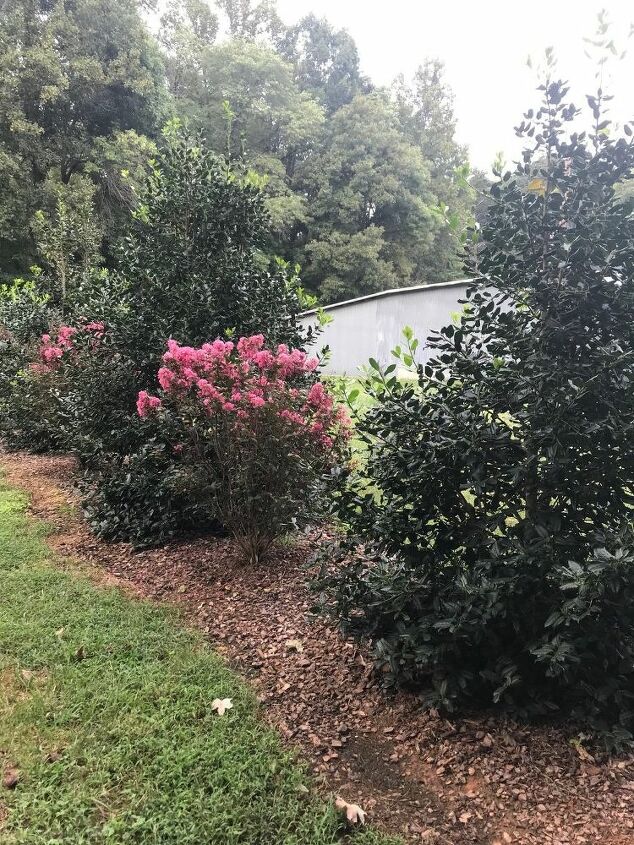





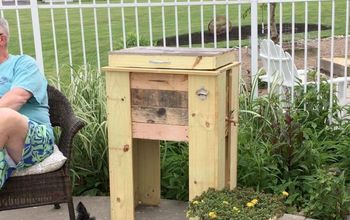
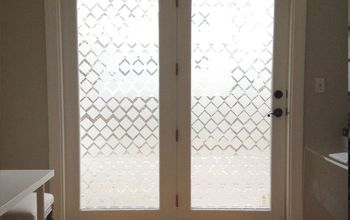
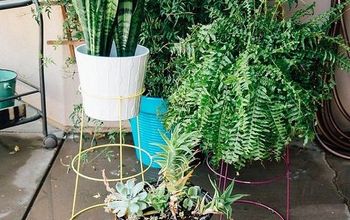
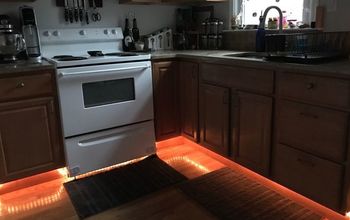



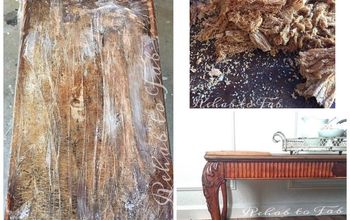


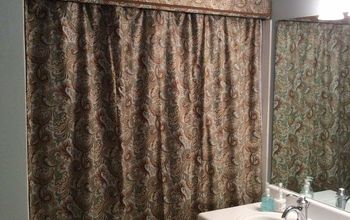




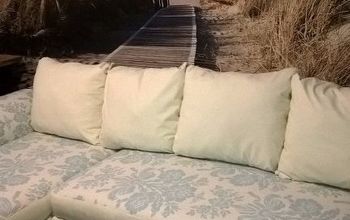
Frequently asked questions
Have a question about this project?